Aston Martin Rapide Saloon (2010-2021) interior, tech and comfort
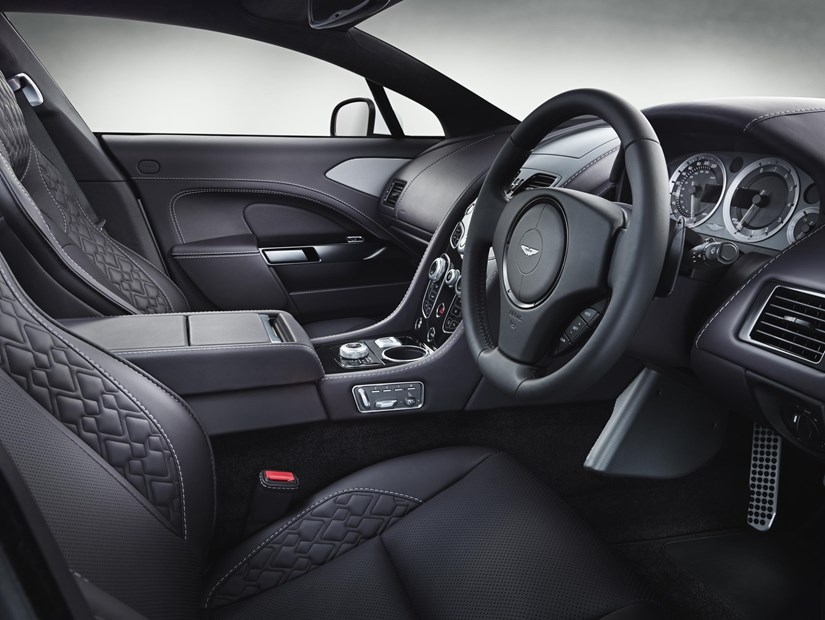
- Fabulous driving position and dials
- Some cheaper feeling switches and stalks
- Centre console dials and fonts don’t match

Newer Aston Martins such as the DB11 benefit from Mercedes-Benz tech, while the Rapide follows a design and specification largely unchanged from the older DB9.
It’s not that it has a particularly bad interior, it’s just some of the switchgear doesn’t quite live up to the mechanical precision found elsewhere – namely under the bonnet.
There’s a cheap-feeling clickety-clack to plastic stalks for the indicators and wipers, and the column-mounted gearshift paddles, although metal and well-sized, have a long throw and clunky noise.
The buttons and dials on the centre stack do their job as you’d expect, so it’s easy to ignore the fact they’re a bit of a mish-mash of shapes and fonts.

A set of extremely precise-looking dials are the exception – they look fantastic, although a little unconventional (the rev counter and speedo needles sweep in opposite directions) and the speedo goes up to 220mph, so you’ll rarely use more than a third of it. Luckily there’s a bold digital speedo for more exact readings.
Also good is the spot-on driving position – hunkered down and hemmed-in, with the steeply raked windscreen offering a purposeful letterbox view of the world outside. Taller drivers may find the steering wheel obscuring the very top of the dials, however.
The sat-nav is easy to programme using the big centre dial on the dashboard and the air-conditioning can be set up for the whole car from the front seats.
- Suspension offers plenty of cushioning
- Supportive seats but they’re thinly padded
- Engine is hushed until you call upon its upper reaches

Given its more practical, country-crossing potential, you won’t be surprised to hear that the Aston Martin Rapide offers decent ride comfort from its steel sprung suspension.
Adaptive dampers give you the choice of Normal, Sport and Track settings, getting progressively firmer as you scroll through the modes.
In truth, the Porsche Panamera’s optional air suspension gives it a softer ride, but the Aston Martin’s taut, purposefully firm set-up keeps you better dialled-in to the changing road surface.
The grippy bucket seats aren’t particularly squashy but offer great support, so you emerge from a long drive remarkably back-pain free, and those in the back are held in place even tighter than front-seat passengers.

Thanks to double glazing on the windows and extensive noise-baffling material, the cabin is nicely hushed on the move. There’s a bit of wind noise on the motorway and some creaks and rattles from inside our test car though.
The engine is very quiet at low revs and really only gets vocal from 3,000rpm onwards. Otherwise it just whirs away under the bonnet with zero vibration transmitted through the controls.



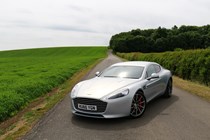


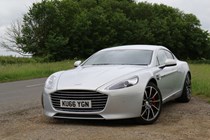
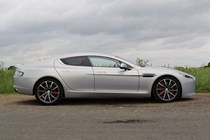
.jpg)
.jpg)
.jpg)
.jpg)
.jpg)

.jpg)
.jpg)
.jpg)

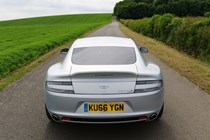

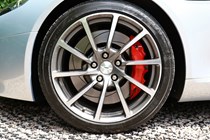

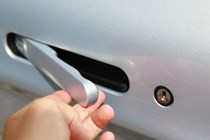
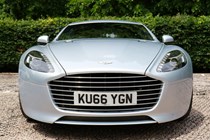
.jpg)
.jpg)

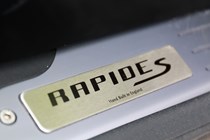
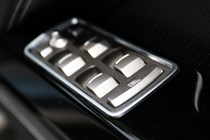
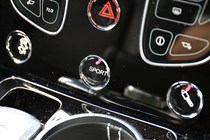


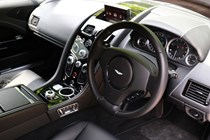
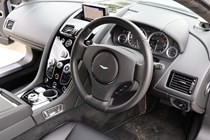
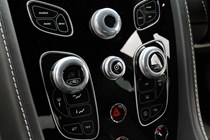
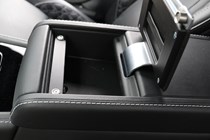

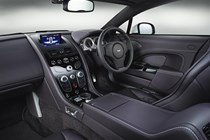

.jpg)
.jpg)
.jpg)
.jpg)
.jpg)
.jpg)
.jpg)
.jpg)
.jpg)
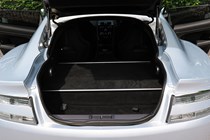

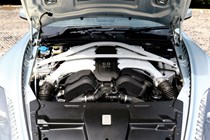
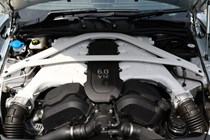






.jpg?quality=50)
.jpg?quality=50)
.jpg?quality=50)
.jpg?quality=50)
.jpg?quality=50)

.jpg?quality=50)
.jpg?quality=50)
.jpg?quality=50)







.jpg?quality=50)
.jpg?quality=50)













.jpg?quality=50)
.jpg?quality=50)
.jpg?quality=50)
.jpg?quality=50)
.jpg?quality=50)
.jpg?quality=50)
.jpg?quality=50)
.jpg?quality=50)
.jpg?quality=50)



